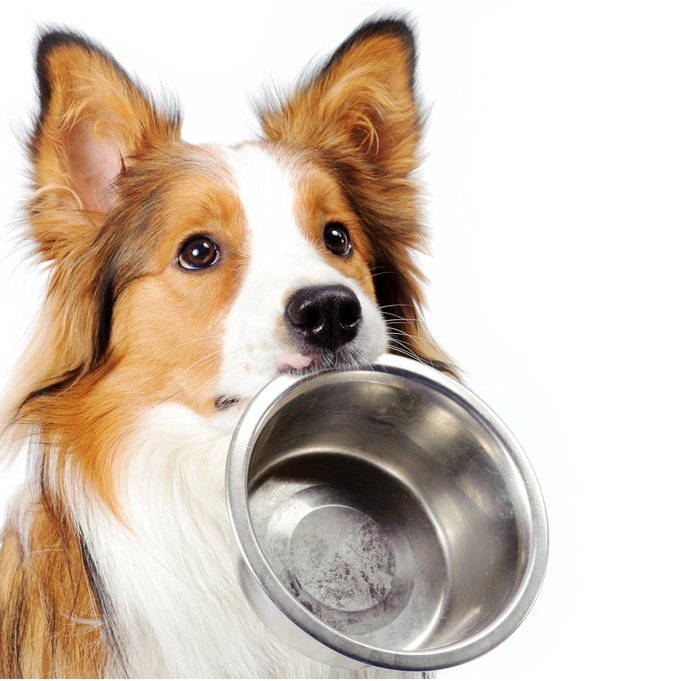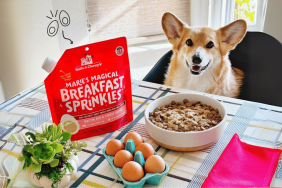Time will eventually take its toll on your beloved dog – as it does on us all.
Somewhere between the ages of 7 and 12 years, your dog’s body will undergo metabolic, immunologic, and compositional changes. She will begin to show signs of aging. Much like humans, an aging dog may experience digestive problems, loss of muscle mass, arthritis, obesity, dental problems, deterioration of skin and coat, and weakened immune response.
Some of these changes are inevitable, but some can be slowed and managed through a diet tailored for senior dogs.
Healthier eating for older dogs
- The age at which your dog is considered a senior varies by type of dog. Dogs weighing 50 pounds or less are not considered seniors until they’ve reached seven years of age; dogs checking in at 50 to 90 pounds become seniors at six, while seniorhood begins in year five for the largest breeds, which weigh in at 90 pounds or more.
- Feed your aging dog a diet specifically formulated for seniors in order to maintain health, proper weight, and slow the aging process.
- Premium dog foods are the best choice because older dogs require a diet with optimum levels of highly digestible protein to help maintain good muscle mass.
- Your senior dog’s diet should provide gamma-linolenic acid (GLA). This is produced in the dog’s liver but levels drop in older dogs.
- Another key ingredient is FOS (fructooligosaccarides), which promotes the growth of beneficial bacteria and reduces symptoms of gastrointestinal problems.
- Your senior dog’s diet should contain high levels of antioxidants, which enhance the immune system function.
Remember to take your aging dog in for veterinary checkups every six months, and do what you can to protect your senior dog from stressful situations and drastic changes in routine, to help maintain optimal good health.
Source: Adapted from the ASPCA









